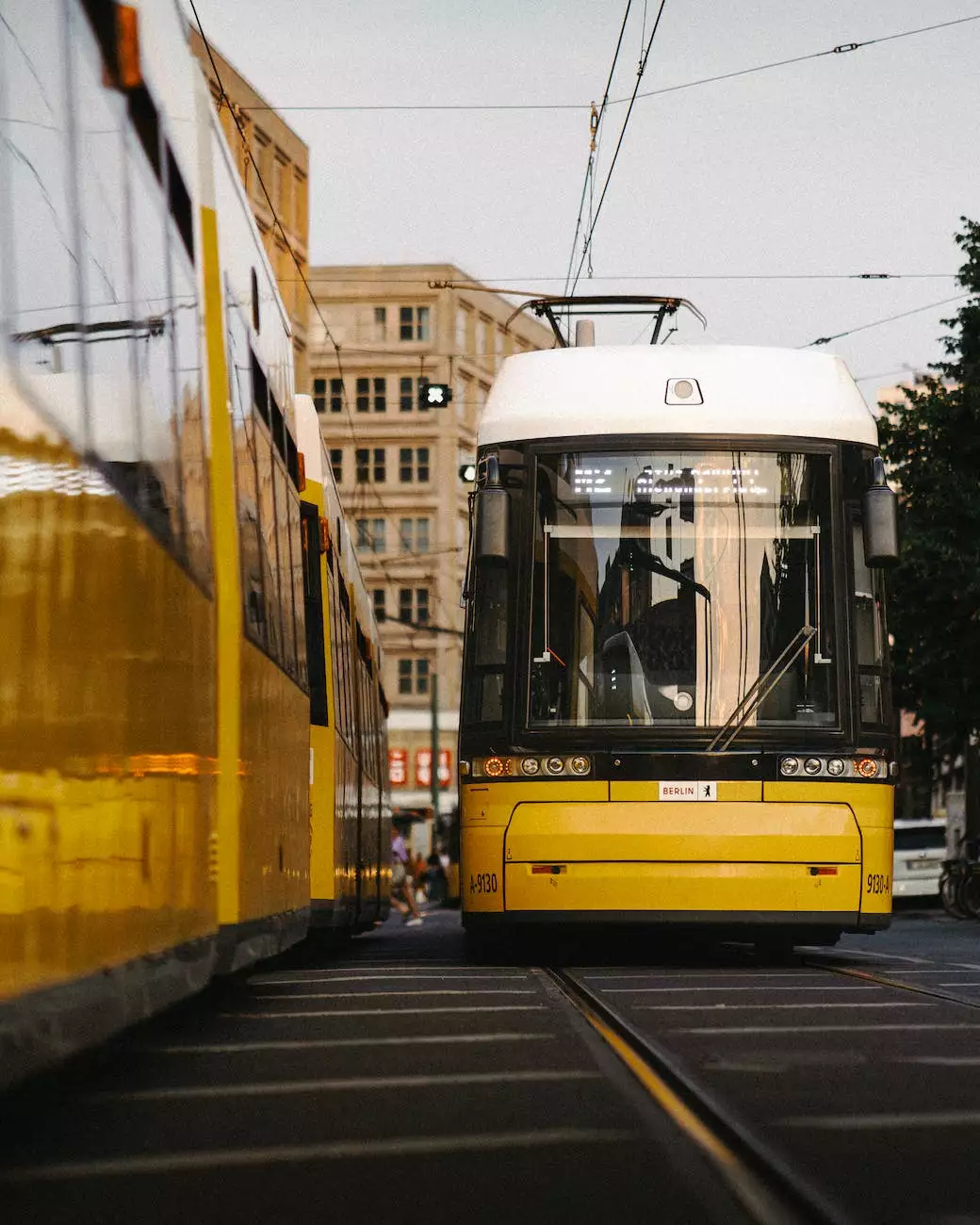How Digital Installations Shape the Future of Public Art
Projects
The Intersection of Art and Technology
As the world becomes increasingly digitized, the realm of public art is not exempt from the influence of technology. Digital installations have emerged as a powerful form of artistic expression that transcends traditional boundaries. In this article, we will delve into the transformative power of digital installations and their impact on the future of public art in the heavy industry and engineering - architecture sector.
Embracing Technological Advancements
Digital installations embody the fusion of art and technology, offering artists and architects unprecedented opportunities for creativity and innovation. With advancements in interactive displays, projection mapping, augmented reality, and immersive experiences, artists can now engage audiences on a whole new level.
Imagine walking through a bustling urban environment and stumbling upon a larger-than-life digital sculpture that responds to your movements. This is the magic of digital installations - the ability to captivate and immerse viewers in an interactive and dynamic experience.
Transforming Urban Landscapes
One of the most significant contributions of digital installations is their ability to transform urban landscapes. Traditional static artworks are limited in their ability to adapt and evolve over time. However, digital installations can seamlessly blend with their surroundings, changing colors, patterns, and forms to reflect the changing moods and seasons.
Using cutting-edge technology, architects and artists can create installations that interact with the environment, responding to weather conditions, human interactions, and natural elements. This dynamic aspect adds a layer of excitement and engagement to public spaces, turning them into ever-evolving canvases.
Fostering Community Engagement
Public art has long been hailed as a catalyst for community engagement, offering a platform for shared experiences and dialogue. With digital installations, this engagement is taken to the next level.
Interactive digital installations invite viewers to participate actively in the artistic process. Whether it's through touch-sensitive displays, motion sensors, or interactive projections, users are encouraged to become an integral part of the artwork itself. This level of engagement not only sparks creativity and curiosity but also fosters a sense of ownership and pride within the community.
Redefining Boundaries of Expression
Another exciting aspect of digital installations is their ability to transcend traditional artistic mediums. With the integration of technology, artists can combine visuals, sound, and even virtual reality to create multi-sensory experiences that leave a lasting impression.
Through the use of projection mapping, for example, an entire building can become a canvas, showcasing a narrative that comes to life through mesmerizing visuals and accompanying soundscapes. Such installations challenge conventional notions of art, blurring the lines between physical and virtual realms.
Enhancing Public Safety and Security
Technological advancements in digital installations not only enhance artistic experiences but also contribute to public safety and security. Integrated lighting systems, for instance, can illuminate public spaces, making them safer and more inviting, especially during nighttime.
Moreover, surveillance systems can be discreetly integrated into digital installations, providing an added layer of security without compromising the artistic integrity. This dual functionality makes digital installations an integral part of urban planning and development, promoting both artistry and safety.
The Future of Public Art
The future of public art lies in the integration of technology and artistic expression. Digital installations have demonstrated their transformative power, redefining the boundaries of traditional art forms and shaping the way we interact with our surroundings.
As cities continue to evolve, digital installations will play an instrumental role in fostering creativity, community engagement, and innovation. The heavy industry and engineering - architecture sector will witness a continued integration of digital art into urban landscapes, enhancing the visual appeal and cultural vibrancy of our cities.
Embrace the future of public art - where imagination meets technology, and community engagement is redefined.




